March 5, 2018
About time we simply accepted that coworking and flexible working are the new normal
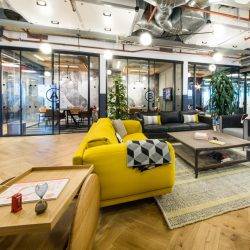 Ask someone to list innovative companies which have become notable disruptors in their market and they invariably respond with two names – Uber and Airbnb. That is because both brands are positioned squarely and successfully at the retail consumer: for people who use a taxi or take an occasional short break in a foreign city, they have become the automatic default options. But there is another equally successful business targeting the corporate space, aimed particularly at small businesses and millennial tech start-ups: WeWork. Just like Uber and Airbnb, it is less than a decade old. In that time, WeWork’s ambition of being the world’s leading coworking company has been realised. Championing itself as a disruption revolutionary, it has succeeded more prosaically by ‘creating environments that increase productivity, innovation, and collaboration,’ according to its website. WeWork’s model involves renting office space cheaply via long-term lease contracts. Small units are then re-rented at higher rates to start up companies which are happy to pay a premium because they need very little space.
Ask someone to list innovative companies which have become notable disruptors in their market and they invariably respond with two names – Uber and Airbnb. That is because both brands are positioned squarely and successfully at the retail consumer: for people who use a taxi or take an occasional short break in a foreign city, they have become the automatic default options. But there is another equally successful business targeting the corporate space, aimed particularly at small businesses and millennial tech start-ups: WeWork. Just like Uber and Airbnb, it is less than a decade old. In that time, WeWork’s ambition of being the world’s leading coworking company has been realised. Championing itself as a disruption revolutionary, it has succeeded more prosaically by ‘creating environments that increase productivity, innovation, and collaboration,’ according to its website. WeWork’s model involves renting office space cheaply via long-term lease contracts. Small units are then re-rented at higher rates to start up companies which are happy to pay a premium because they need very little space.






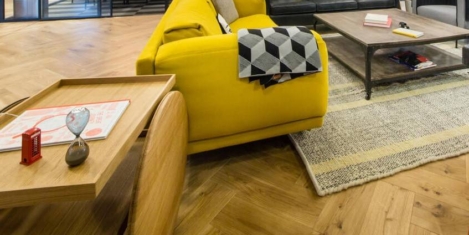
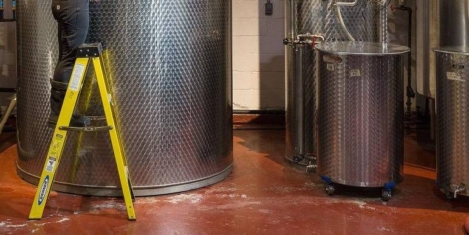




 Employers’ efforts in the US to improve staff health and wellbeing are falling short of employees’ expectations, claims a new report. Nearly two-thirds of employees (65 percent) in a report from Willis Towers Watson agree that managing their health is a top priority, but while the majority of employers (56 percent) believe their wellbeing programmes have encouraged employees to live a healthier lifestyle, only 32 percent of employees agree. Eighty-seven percent of employers who participated in the 22nd annual Best Practices in Health Care Employer Survey say increasing employee engagement in health and well-being is a top priority and the research warns that employees in poor health are twice as likely to be disengaged at work and take almost three times as many days off as employees who are in very good health. Employers can improve health behaviour through designing the workplace environment to make it easier for employees to stay fit, eat well, breathe fresh air and address stress adds the report.
Employers’ efforts in the US to improve staff health and wellbeing are falling short of employees’ expectations, claims a new report. Nearly two-thirds of employees (65 percent) in a report from Willis Towers Watson agree that managing their health is a top priority, but while the majority of employers (56 percent) believe their wellbeing programmes have encouraged employees to live a healthier lifestyle, only 32 percent of employees agree. Eighty-seven percent of employers who participated in the 22nd annual Best Practices in Health Care Employer Survey say increasing employee engagement in health and well-being is a top priority and the research warns that employees in poor health are twice as likely to be disengaged at work and take almost three times as many days off as employees who are in very good health. Employers can improve health behaviour through designing the workplace environment to make it easier for employees to stay fit, eat well, breathe fresh air and address stress adds the report.
 Corporate real estate departments need to become more effective partners in the agile transformation of their broader organizations., claims a new survey conducted by CBRE, in partnership with CoreNet Global. When describing Portfolio Agility, i.e. the ability to rapidly adapt, scale and reposition the organization’s real estate portfolio to support shifting enterprise needs, 67 percent consider portfolio agility as the most important type of agility for business success, yet only 14 percent consider themselves highly agile in this area. The most prevalent portfolio agility practices included negotiating flexible space options in the lease, seeking shorter and/or more flexible lease terms, supporting an enterprise-wide flex-work program and delivering free address work environments. The report states that new workplace guidelines for efficiency have altered the way companies plan for density and more occupiers are incorporating third-party ‘agile space’ into their overall real estate strategy.
Corporate real estate departments need to become more effective partners in the agile transformation of their broader organizations., claims a new survey conducted by CBRE, in partnership with CoreNet Global. When describing Portfolio Agility, i.e. the ability to rapidly adapt, scale and reposition the organization’s real estate portfolio to support shifting enterprise needs, 67 percent consider portfolio agility as the most important type of agility for business success, yet only 14 percent consider themselves highly agile in this area. The most prevalent portfolio agility practices included negotiating flexible space options in the lease, seeking shorter and/or more flexible lease terms, supporting an enterprise-wide flex-work program and delivering free address work environments. The report states that new workplace guidelines for efficiency have altered the way companies plan for density and more occupiers are incorporating third-party ‘agile space’ into their overall real estate strategy.






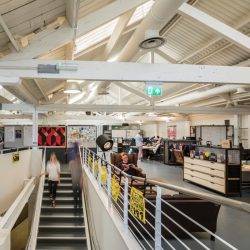



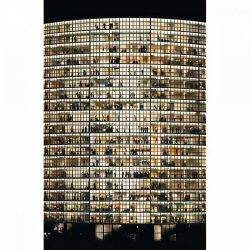




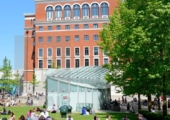


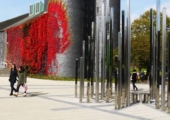

March 6, 2018
How to reboot an activity based working project that has ground to a halt
by Karin Stahl • Comment, Flexible working, Technology, Workplace design